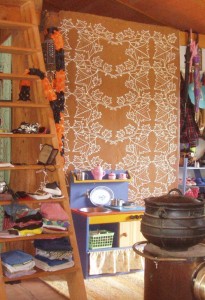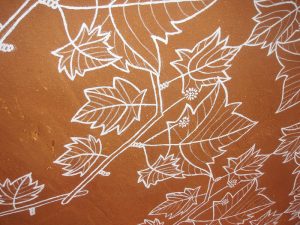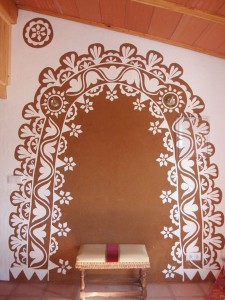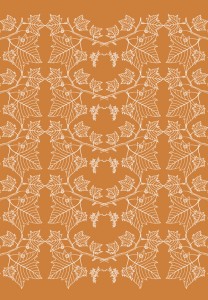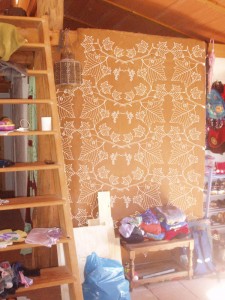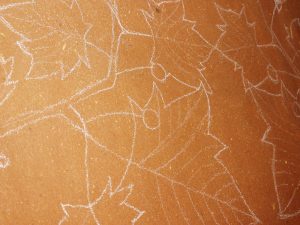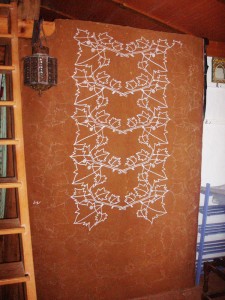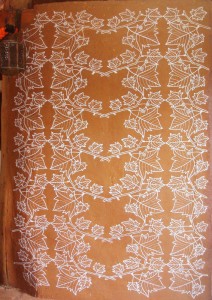‘7 Days‘ is the title of the fifth and final assignment I completed for my illustration course with the OCA (Open College of the Arts)
The series of 7 patterns (1 for each day of the title) was inspired by a summer boating holiday on the Canal du Midi in the south of France, and also by the wonderful woodblock designs for wallpaper and fabric of Marthe Armitage, the dramatic wallpapers featured in Sherlock the TV series and the films August:Osage County and American Hustle.
The title page shows the location:
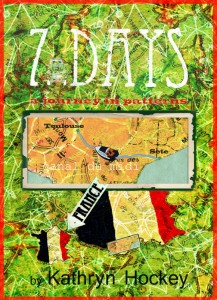
I chose 7 themes from the trip and made a motif for each, which I then multiplied to make a pattern:
Day of the 2CV
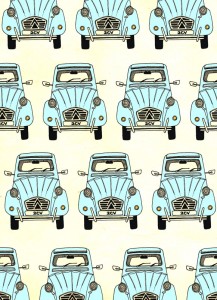 Day of the Locks
Day of the Locks
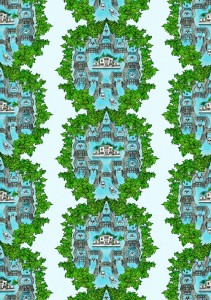
Day of the Sunflower

Day of the Plane Tree
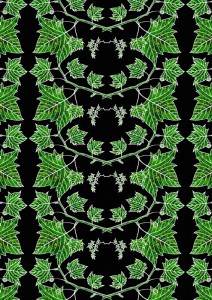
Day of Patisserie
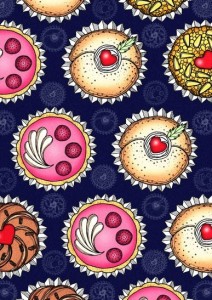
Day of the Dragonfly
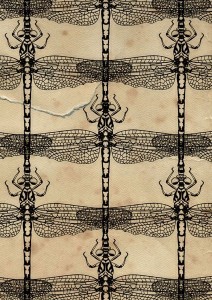
Day of the Grapevine
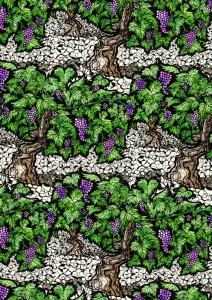
My ultimate aim is to reproduce some if not all of these patterns on wallpaper, fabric and other surfaces.
The method was pretty much the same for each pattern; here’s an outline:
- Research photos and sketches made on the spot
- Preliminary sketches from the initial research images
- Pencil or pen drawing from the sketches
- Drawing scanned to Photoshop where the line work was cleaned (by adjusting brightness/contrast, duplicating with the layer blend mode set to multiply and using the eraser tool) and cut out
- Colours and textures added in Photoshop layers using scanned handmade collages and marbling, bought papers, flat and graduated digital Photoshop colours and textured colours in Corel Painter12
- Duplication of the coloured single unit
- Adding a background of flat digital colour or scanned paper
- Adding texture to the background
For those who are interested in seeing the production method for each image in more detail I’ve added them below:
Title page
For the background I made a map of Europe by tracing the outline in pencil onto squared paper
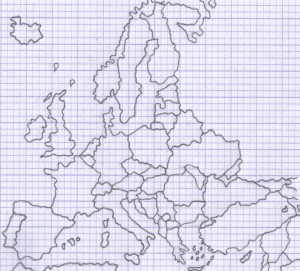
which I then scanned to Photoshop and inverted
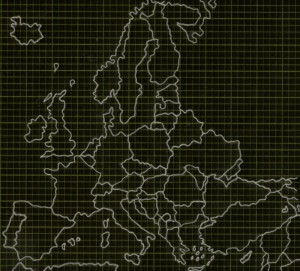
I then collaged the map in Photoshop layers with some bought paper
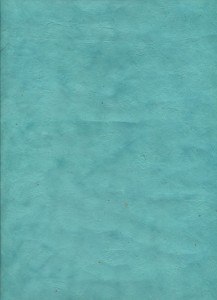
and marbling I had made using oil paints
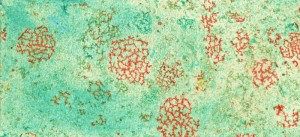
and a French flag which I found through an internet search
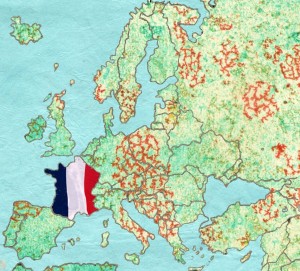
I distorted the map with the free transform tool and applied my inverted outline of a plane tree and grapevine pattern (methods below), adjusting the layer blending modes, tone, saturation, curves and levels in Photoshop.

I printed the text ‘7 Days a journey in patterns’ from Photoshop , traced it in pencil and scanned the tracing back into Photoshop where I coloured / inverted it
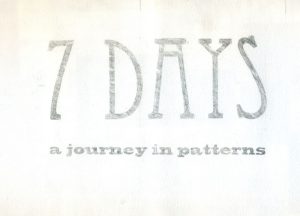
I wanted to show the location of the Canal du Midi, so next I made a collage of another map of France I found through an internet search, applying torn fragments from a French road atlas
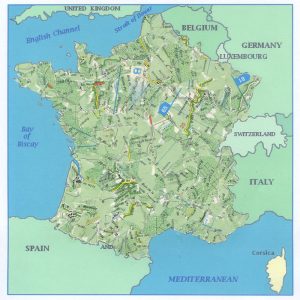
working over it in water soluble green crayon and a wash of acrylic paint
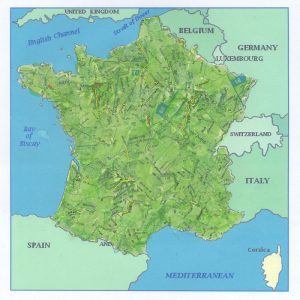
before applying a crackle glaze and white acrylic paint to highlight the cracks and scanning it into Photoshop
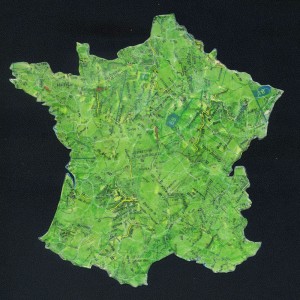
I traced the outline of the canal in Corel Painter layers from this map I found on the internet and applied it to my cropped collaged map in Photoshop, adjusting the tone and saturation, adding text to mark Toulouse and Sete (the towns at either end of the canal), and creating a border using the brush tool and a scan of aged paper in layers.
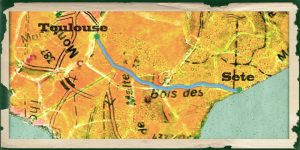
I had a practice run at labeling France on a print out my map of Europe (to which I’d applied a crackle glaze and white acrylic paint) with collage and biro
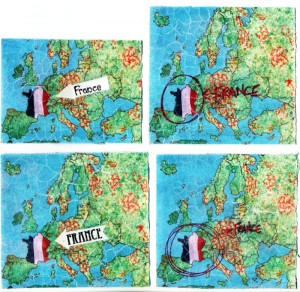 I cut out the collaged label of the lower left version in Photoshop and applied it over my background, including a smaller duplication of the ‘flagged’ France and a smaller duplication with reduced opacity of the Canal du Midi map over the larger ‘flagged’ France map
I cut out the collaged label of the lower left version in Photoshop and applied it over my background, including a smaller duplication of the ‘flagged’ France and a smaller duplication with reduced opacity of the Canal du Midi map over the larger ‘flagged’ France map
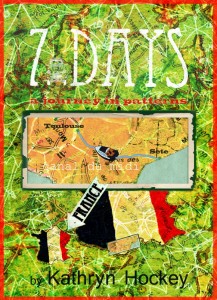
Finally, in Photoshop, I adjusted the tone and saturation of the background to improve the contrast, added and coloured a boat from the locks pattern (see below) labelled the Canal du Midi on the larger map insert and added an inverted outline of the 2CV drawing (see below).
Patterns:
2CV
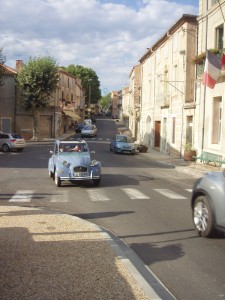
Research photo taken in France, I also referred to a photo I found on the internet
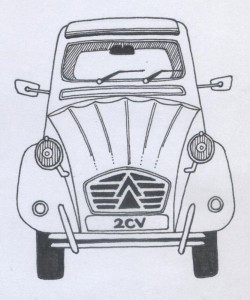
Pen drawing
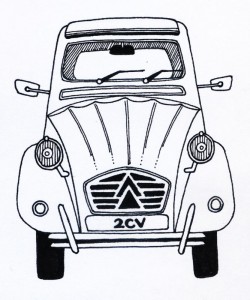
Scanned to Photoshop, line work cleaned and cut out

Coloured in Photoshop
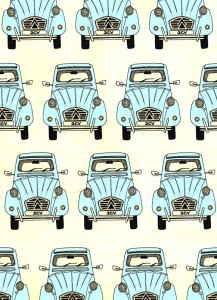
Curves adjusted, image duplicated and scanned paper added in Photoshop layers for background texture
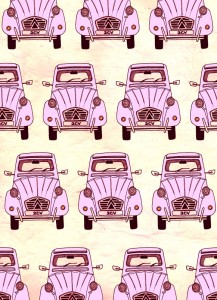
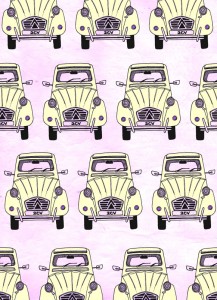
Tone adjusted to achieve different coloured versions
Locks
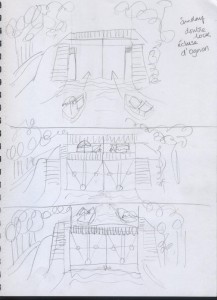
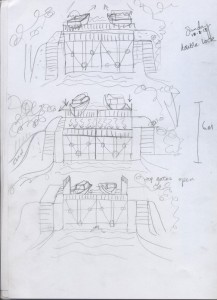
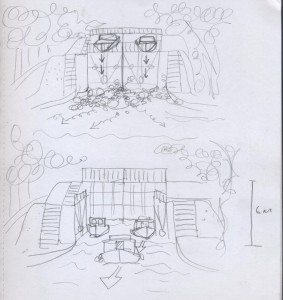
3 sketches made on site to show how the canal boats go ‘up and down hill’ via the lock system

1 of many, many photos I took of the boat in a lock
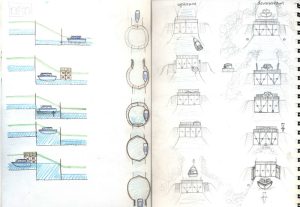
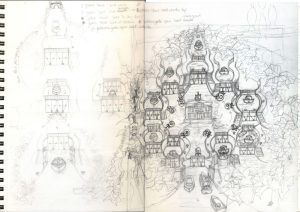
A series of sketches I made to work out how to show how boats move up and down stream through the lock mechanism in ‘3D’

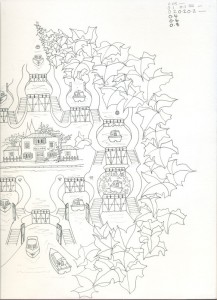
I traced the final sketch, made a pen drawing and scanned it to Photoshop in 2 parts
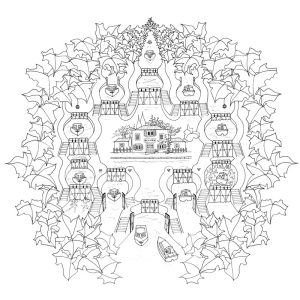
The line work is cleaned, duplicated, aligned and cut out in Photoshop

Outline duplicated in Photoshop layers on a scanned paper background with stripes added with the brush tool
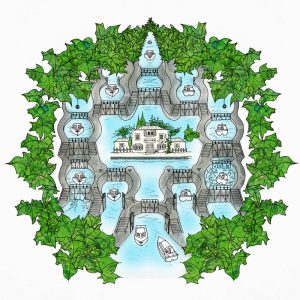
Collage and colour applied to the line work in Photoshop layers: leaves with the collaged map of France (see above); water with the brush tool; locks with the photo of concrete shown below
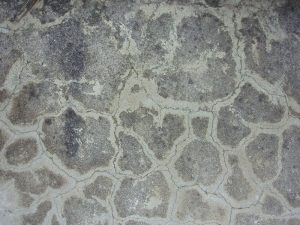
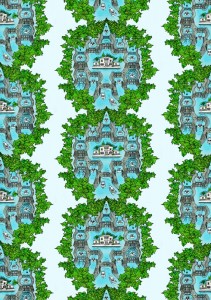
Finally the single unit is duplicated and stripes of scanned blue paper are added in Photoshop layers. I also added a final outline layer over the top to improve definition. The repeated unit is reminiscent of the form of Tibetan thangka art
Sunflowers

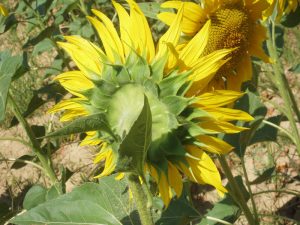
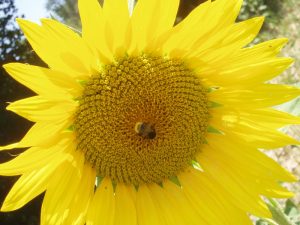
Research photos taken on the spot

Rough sketches for possible pattern layouts, I wanted to show the sunflowers rotating, as if towards the sun
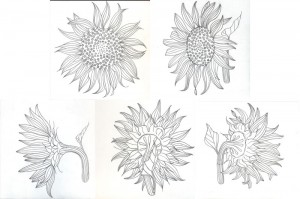
Pencil drawings
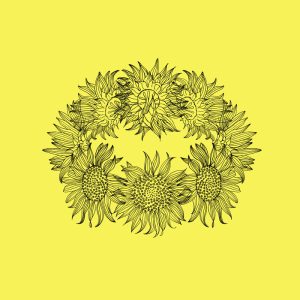
Drawings scanned to Photoshop, line work cleaned, trimmed and cut out
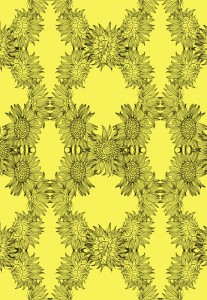
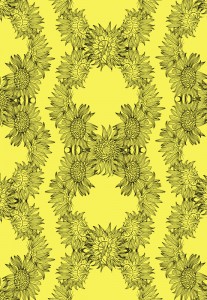
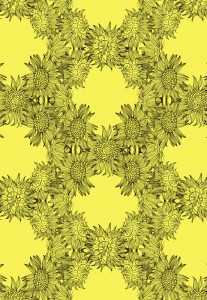
Pattern trials made by duplicating layers in Photoshop
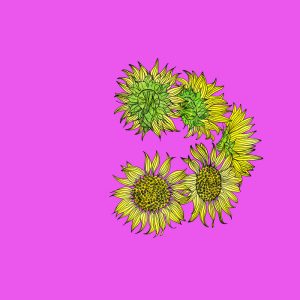
Sunflowers coloured in Photoshop layers: yellow centres and green parts collaged with different tonal versions of the France collage map (see above); petals with flat and graduated digital colour

Collaged sunflowers duplicated to form single unit of repeat
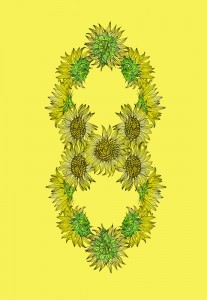
Single unit duplicated and flipped vertically
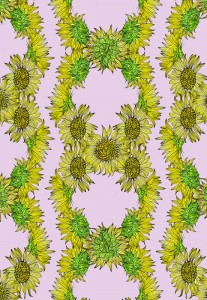
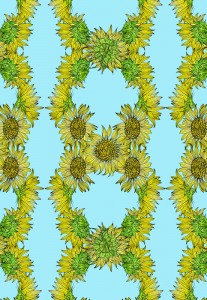
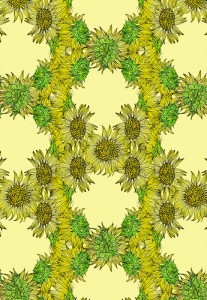
Colour and pattern trials
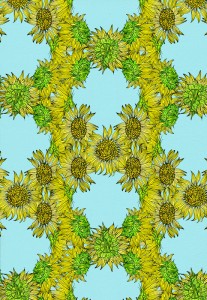
I finally settled on a blue background, to represent the summer sky, adding texture to it via a scanned canvas
Plane Tree
Planted between 1681-1810, plane trees line long lengths of the Canal du Midi and are dying because of a fungus but I decided not to portray the dying trees in favour of ‘aesthetic delectation’.
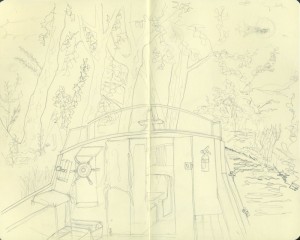
Sketch made on site
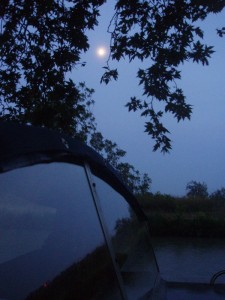
1 of many research photos taken on site, I also referred to this Natural History Museum photo

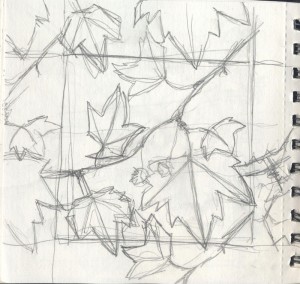
Rough sketches to work out a single repeating unit
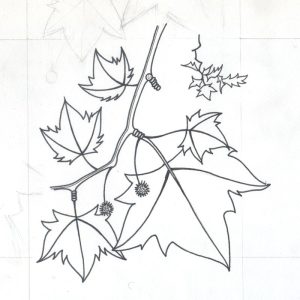
Pen drawing of the single unit
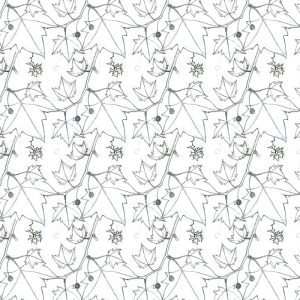
Single unit duplicated in Photoshop layers
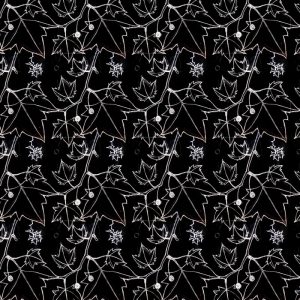
Pattern line work inverted
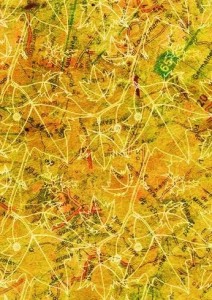
Yellow tonal version of my collaged map of France added as a background to the inverted cut out line work. It overpowered the pattern which lacks definition
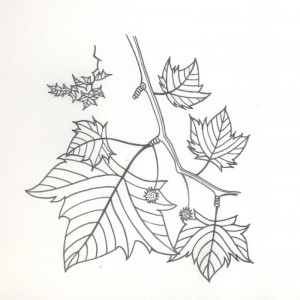
I redrew the single unit in pencil, adding more detail
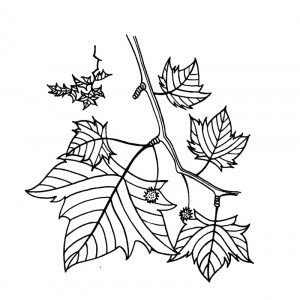
Drawing scanned to Photoshop, line work cleaned and cut out
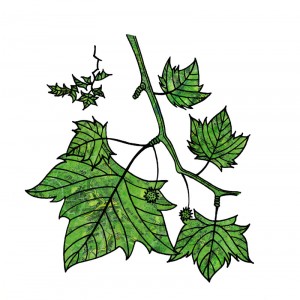
Collaged in Photoshop layers with my France collage map
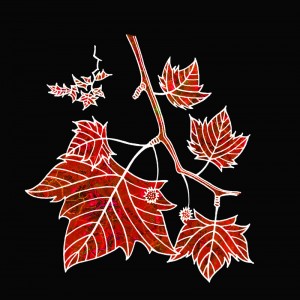
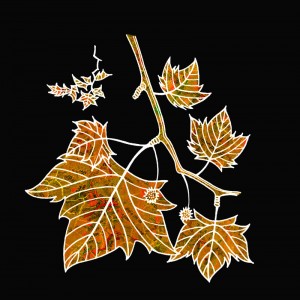
Line work inverted and tone of collage adjusted, I love these autumnal shades but my pattern needed to be summery green

Layer effects applied to inverted line work
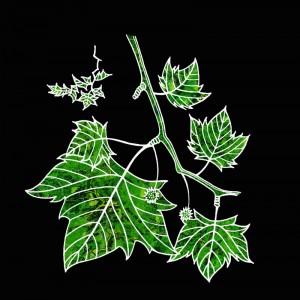
The version I decided to repeat
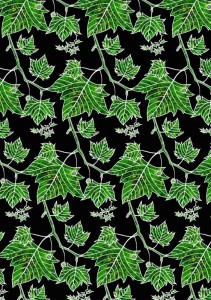
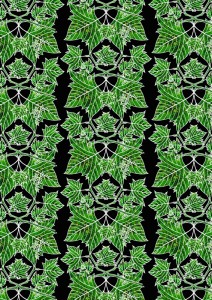
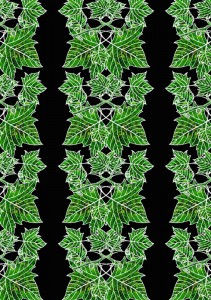
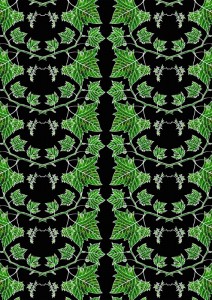
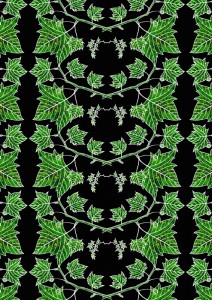
Pattern variations
Patisserie
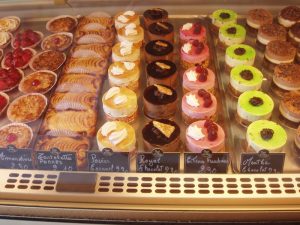
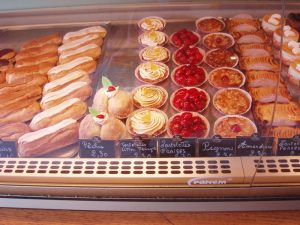
Research photos
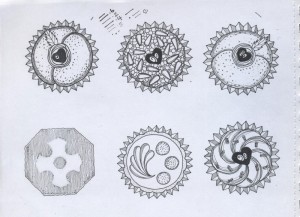
Pen drawings made from photos
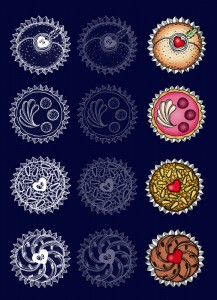
Drawings scanned to Photoshop, line work cut out, inverted, duplicated and coloured in Photoshop and Corel Painter12
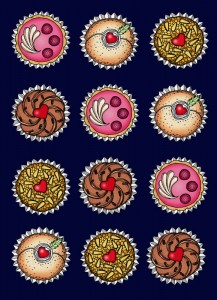
Coloured cakes duplicated to make a pattern
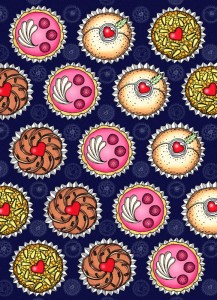
Inverted line work introduced to background to add depth, subtle granular texture added
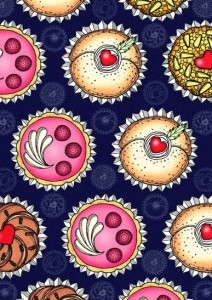
Closer crop
Dragonfly
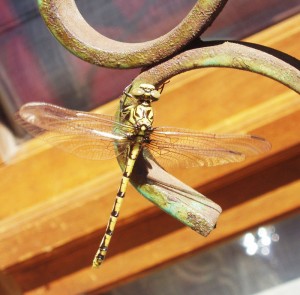
Research photo
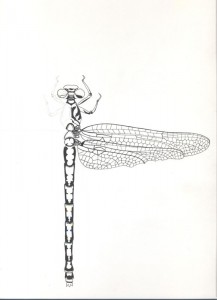
Partial pen drawing
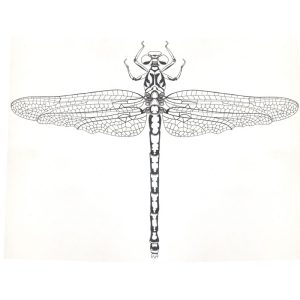
Drawing scanned to Photoshop, cleaned, part duplicated and flipped horizontally
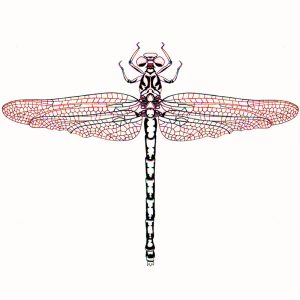
Playing with tone and saturation settings
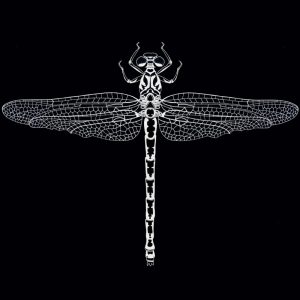
Line work inverted
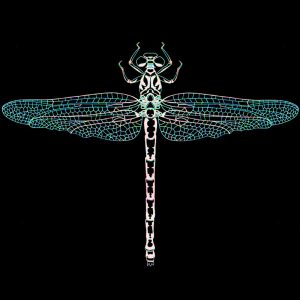
Playing with tone and saturation settings for the inverted version
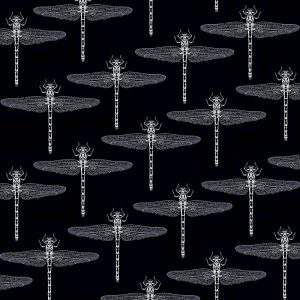
Inverted line work multiplied
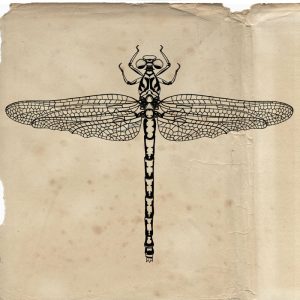
Line work on a scanned paper background
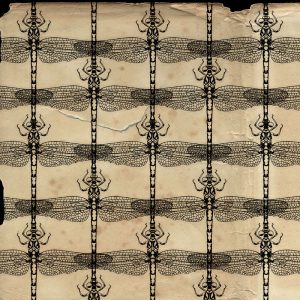
Multiplied
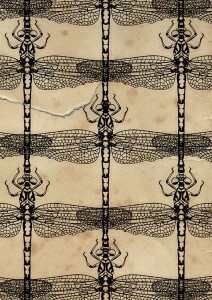
A4 crop
Grapevine

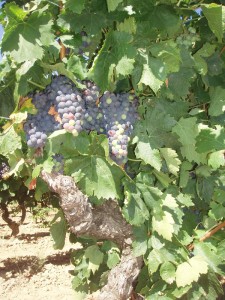
Research photos
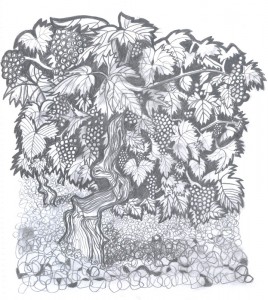
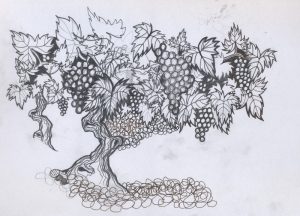
Preliminary sketches from photos
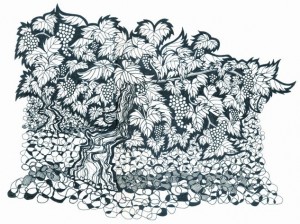
Pen drawing
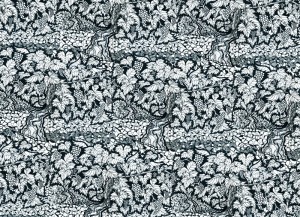
Scanned and duplicated
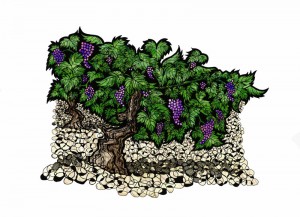
The single unit was collaged in Photoshop layers with the following material:
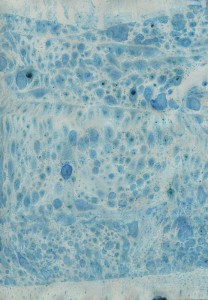
marbling I made with oil paints
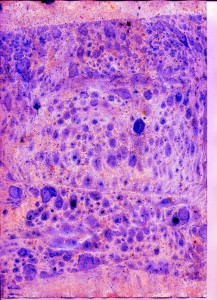
scanned to Photoshop and tone/saturation adjusted for the grapes

my collaged France map for the vine leaves

textured paper for the ground
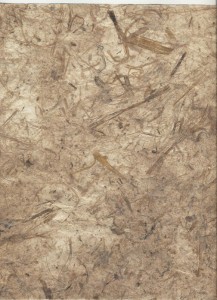
textured paper for the vine trunks
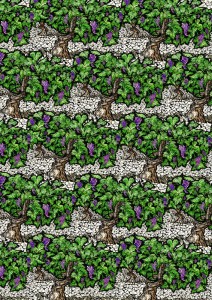
The duplicated collage
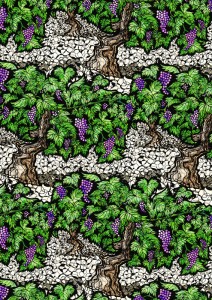
A closer crop

